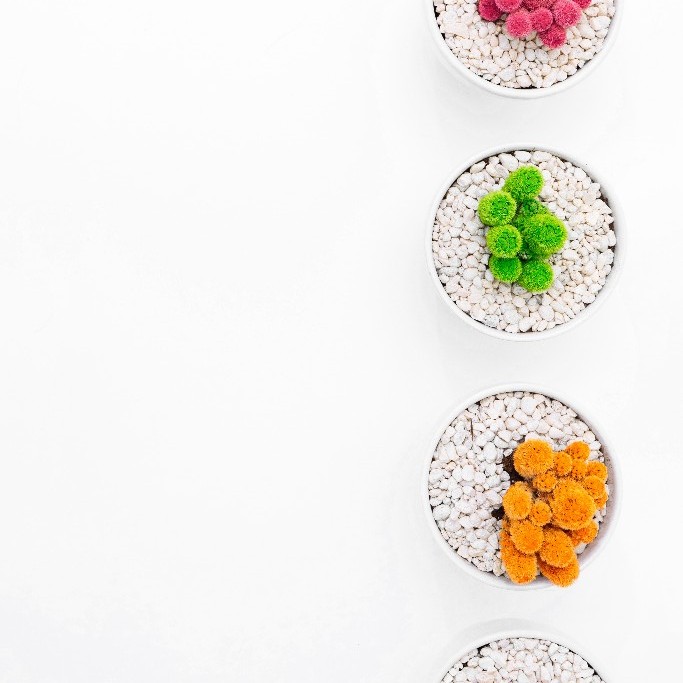Control is key!
Whether you attend a live rock concert, or you join a friend at a live DJ’s performance at your favorite club, you know exactly what to expect. Hours of enjoyable music harmoniously blended together to shape a final mix. Fine adjustments and levels balancing to make seamless track transitions. However, what you see is the DJ scratching and dancing on the stage, playing with the mixer and the turntable set. It might seem that he is letting them do all the work, that he is improvising, just randomly making things up as he goes along. But this has nothing to do with luck.
Controls for IHC
In science, experimental controls eliminate alternative explanations of experimental results especially experimental errors and experimenter bias. In immunohistochemistry, controls are necessary for the validation of staining results. Without them, the interpretation of any staining would be unreliable, and the results would be less valuable.
More specifically, controls help determine if the staining protocols were followed correctly, whether day-to-day or worker-to-worker variations have occurred, and indicate if the reagents performed flawlessly throughout the experiments.
But how do you select the proper controls? The task to select and apply the correct controls is a daunting task. The selection of appropriate controls is not purely a technical issue. It requires in-depth knowledge of how the test will be used.
Internal and external controls
Most often, controls are specific to the type of experiment being performed (these are referred to as internal controls); other types of control have the job of ensuring that the equipment is working properly (referred to as external controls). Both internal and external controls are essential in monitoring the reproducibility of the IHC method that you are performing.
Internal controls: provide an indication if your test was successful or not. It reflects the success or failure of the preanalytical and analytical stages and components, such as tissue processing, fixation, antibody specificity, dilution, buffers, and reagents.
External controls: control the analytical and post-analytical phases of your IHC protocol, such as development, visualization, and quantification of the staining.



